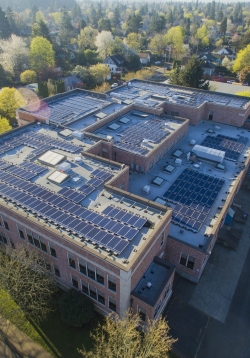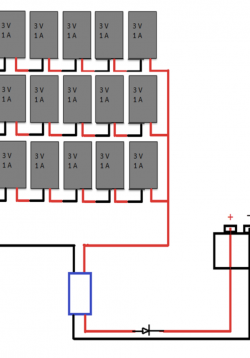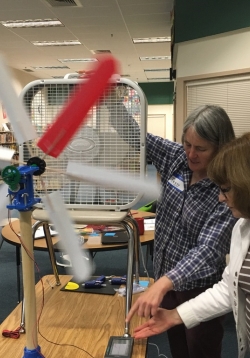Solar Pathfinder Tutorial
This lesson is designed to allow the students to practice assembling and using their Solar Pathfinders, along with analyzing the data. The students will take a single measurement and digital photograph at a location near the classroom designated by the...








